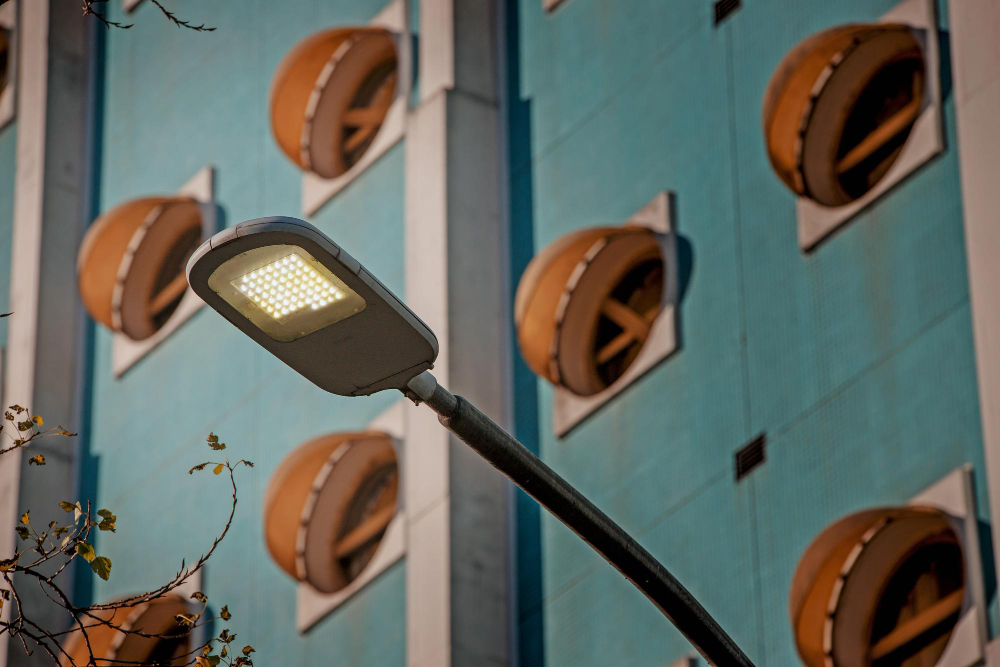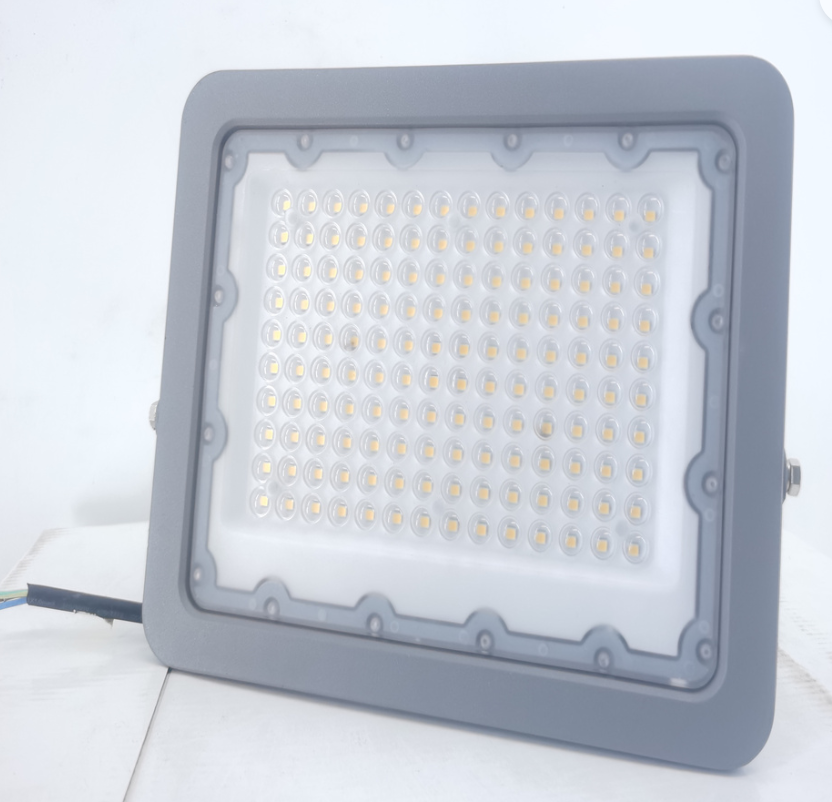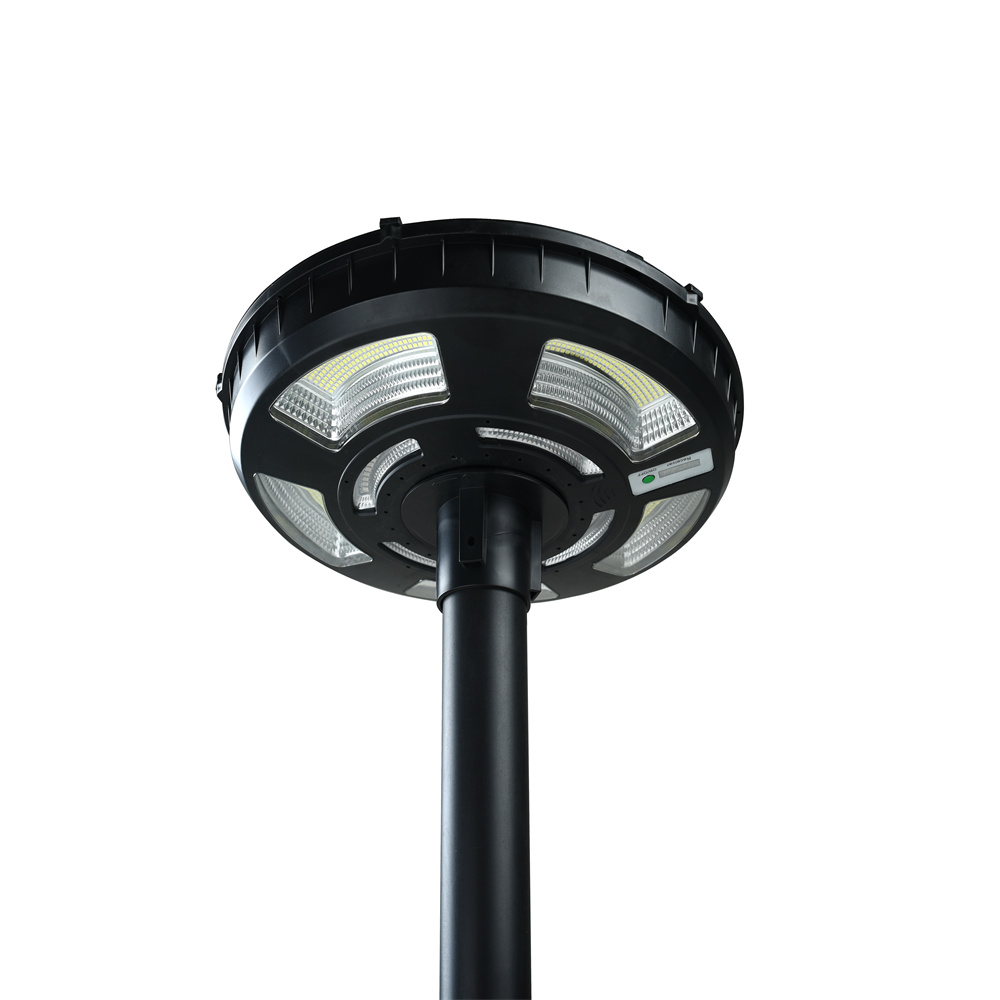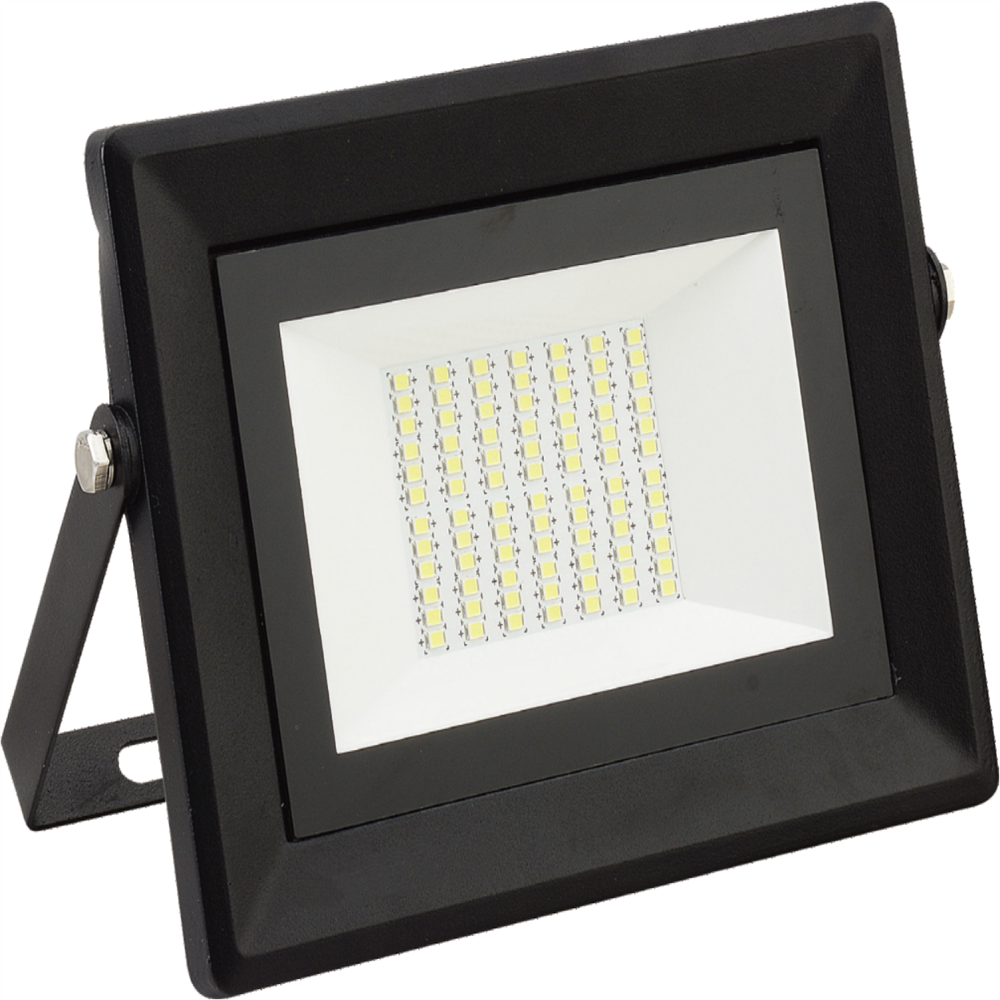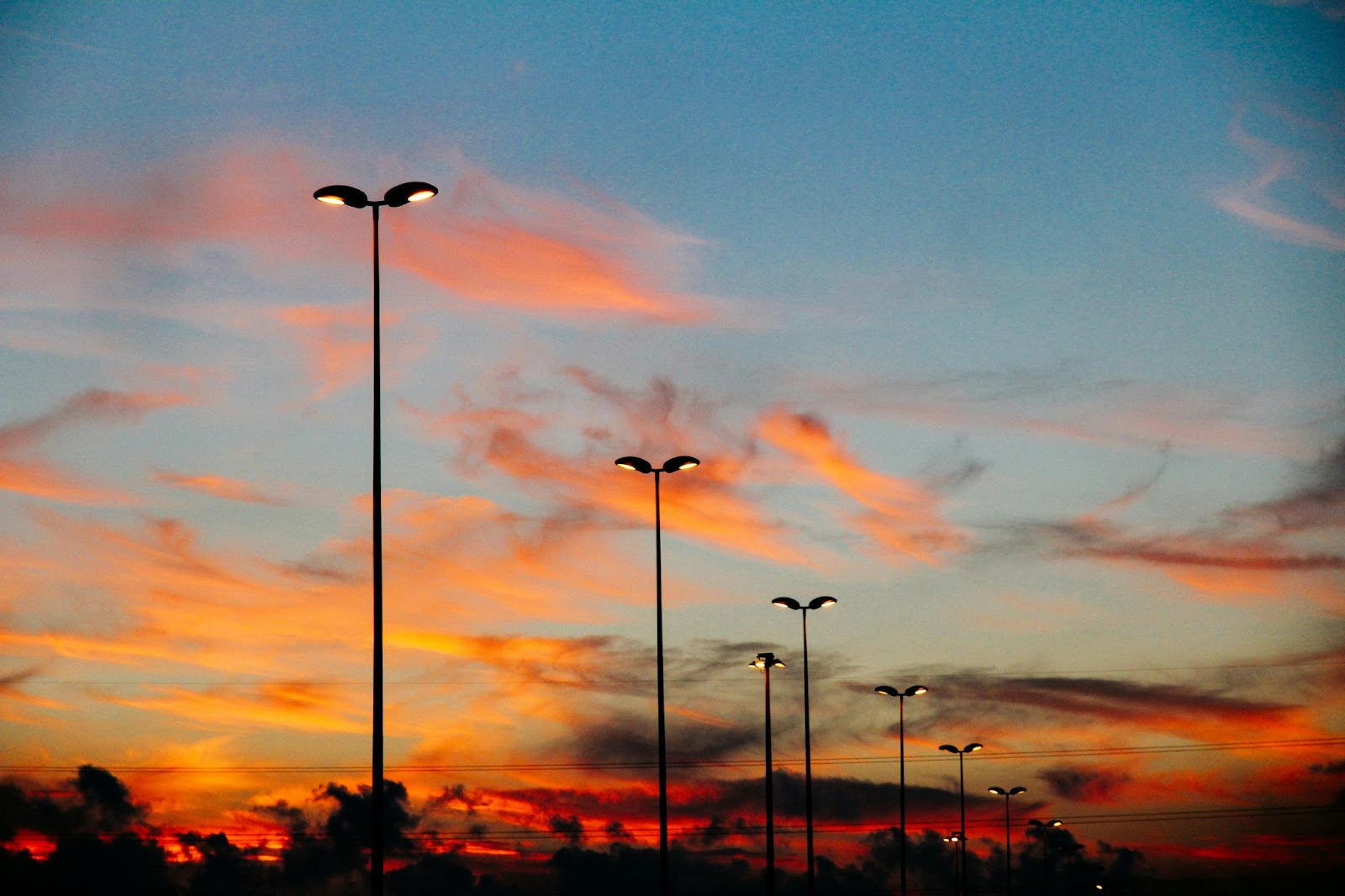Providing adequate illumination in workspaces is not just about visibility – it’s also crucial for employee safety, health, and productivity. The Occupational Safety and Health Administration (OSHA) recognizes proper lighting as a vital component of a safe workplace environment. Lighting that is too dim or creates glare and shadows results in hazards that cause accidents. […]
Providing adequate illumination in workspaces is not just about visibility – it’s also crucial for employee safety, health, and productivity. The Occupational Safety and Health Administration (OSHA) recognizes proper lighting as a vital component of a safe workplace environment.
- Inadequate lighting causes hazards and injuries
- OSHA sets minimum standards for work area lighting
- Illumination levels vary by specific location
- Non-compliance risks injuries and penalties
Lighting that is too dim or creates glare and shadows results in hazards that cause accidents. By following OSHA lighting regulations and recommendations, employers can optimize visibility to protect workers from safety risks.
Why Proper Lighting Is Crucial In The Workplace
The human eye and brain require adequate lighting to see objects, assess distances, spot hazards, and distinguish color contrasts. Without sufficient illumination, the risk of accidents and injuries rises exponentially.
OSHA recognizes these visual system limitations and the direct safety impact of subpar lighting.
- Enables Hazard Identification
The most obvious workplace risk from poor lighting is the inability to properly see potential hazards. Dim areas, dark shadows, or glare force the eyes to constantly strain and adjust, unable to reliably spot spilled liquids, protruding objects, holes in the ground, and other dangers.
Proper wide-spectrum light levels allow for instant hazard recognition and quick reaction time to avoid mishaps. High-contrast lighting also helps distinguish slight changes in floor elevation or terrain that could otherwise trip workers.
- Prevents Falls and Accidents
Up to 30% of accidental injuries are directly attributable to poor lighting conditions. Low light makes judging distances and depth perception extremely difficult, causing slips, trips and falls. This also leads to muscle strains from overexertion trying to perform tasks in the dark.
Without ample surrounding light, workers cast shadows that hide potential trip hazards at their feet. Contrasting light levels going from outdoors to dark interiors also momentarily blind workers while their eyes adjust. This transition time leads to accidents.
- Boosts Alertness and Focus
Straining to see in dim lighting overworks the visual cortex, leading to eyestrain headaches, fatigue, and loss of mental focus. Squinting to compensate for poor visibility also tenses muscles, leading to headaches.
Proper illumination creates comfortable, glare-free work zones for improved mental acuity and vigilance. This allows workers to remain accurately focused on tasks and hazard avoidance.
OSHA’s General Workplace Lighting Requirements
OSHA sets legally enforceable quality, intensity, and placement mandates for work area lighting under 29 CFR 1910. OSHA also recognizes industry best practice standards from the Illuminating Engineering Society (IES) for recommended light levels.
- Light Fixture Safety Requirements
All installed light fixtures must utilize protective shields or plates to prevent breakage that could rain down glass or components. Fixtures mounted less than 7 feet high demand shatterproof diffusers in case workers impact them.
OSHA also prohibits exposed bulbs or electrical components that could electrocute someone. Openings in fixtures must be too small to insert fingers to avert electrical hazards.
- Minimum Footcandle Levels
In addition to safety, OSHA dictates minimum lighting brightness levels measured in footcandles. For example, general indoor floor spaces require at least 30 horizontal footcandles measured 2 feet off the ground.
Work areas demand adequate uniform illumination so lighting transitions don’t strain eyes. Workstations themselves often require 50+ footcandles depending on detail orientation.
- Quality and Type
Lighting must have proper wavelength emission for accurate color recognition without distortion. This allows the identification of warning signals, signage, controls, and hazards.
OSHA prohibits flickering or strobe-effect lighting that could trigger seizures or vertigo. Lighting also cannot cast distracting moving shadows that could mask hazards.
Minimum Illumination Levels By Area
OSHA mandates baseline illumination intensities for specific work zone categories based on lighting requirements for commercial buildings. More intricate detail work requires higher light levels.
Outdoor Areas:
- General Sites: Construction zones like grading, excavating, and building require at least 5 footcandles of uniform outdoor lighting.
- Material Handling: Concrete pouring, waste collection, and excavation need 3 footcandles minimum.
Indoor Locations:
- Warehouses and Corridors: Storage rooms, hallways, and exit routes need 5 footcandles of indoor light.
- Underground Work Areas: Tunnels, shafts, and underground job sites (except actively drilling zones at 10 footcandles) need at least 5 footcandles.
Specific Indoor Rooms:
- Equipment Rooms: Mechanical, electrical, and rigging loft areas require 10 footcandles minimum.
- Carpentry and Crafts: Carpenter shops, paint booths, and parts fabrication rooms also need at least 10 footcandles.
- Offices and First Aid: Office spaces, infirmaries, and medical stations have a 30 foot candle minimum.
Compliance and Inspections
In addition to employee complaints triggering targeted investigations, routine OSHA inspections measure lighting against minimum general requirements or specific industry standards. Inspectors use calibrated light meters to check illumination levels in footcandles across different work zones.
- Recordkeeping
While lighting audits aren’t formally logged like other OSHA safety checks, inspectors do expect employers to demonstrate compliance knowledge. Having an internal commercial building lighting evaluation program shows good faith efforts at meeting visual workplace safety obligations.
- Exemptions
Some temporary low-risk tasks have exemptions from full compliance if hazard analysis deems existing lighting sufficient. But the onus is on employers to formally justify exemption based on a written safety plan assessment. This requires keeping illumination engineering calculations on file.
Penalties for Non-Compliance
Failure to meet OSHA lighting standards upon inspection leads to citations and penalties unless deficiencies get fixed within set time limits.
Lighting violations fall under the “General Duty Clause” citation carrying initial penalties up to $13,494 per instance. For willful or repeated non-compliance, fines reach a maximum of $134,937 per violation.
Beyond financial impacts, poor visibility hazards that contribute to worker injuries can affect a company’s reputation. Lighting upgrades typically offer a high return on investment via improved safety, morale, and productivity.
In extreme cases where subpar lighting directly caused dismemberment or death, criminal charges against company leadership might arise. Proactively meeting all OSHA lighting guidelines is the only sensible path.
Conclusion
Don’t leave lighting safety to chance and risk substantial OSHA fines. Partner with illumination experts to assess your unique compliance requirements.
The lighting audit professionals at RRRlighting utilize the latest technology and standards for glare-free, uniform, task-appropriate lighting design. Their energy-efficient LED solutions combine worker safety, comfort, and productivity while ensuring OSHA conformity.
For a free workplace lighting assessment and custom-tailored recommendations meeting your specific needs, contact RRRlighting today. Keeping your people safe while avoiding violations is sound business.
- OSHA Lighting Standards (General Industry, Manufacturing & More) (feslighting.com)
- Workplace Lighting Standards (OSHA) | What You Need To Know (commercialledlights.com)
- OSHA Lighting Standards - Everythings You Need to Know About (ledvanceus.com)
- OSHA Lighting Standards for General Industries (ehsinsight.com)
- The Complete Guide to Workplace Lighting Standards - Induction Lighting Fixtures Corp





